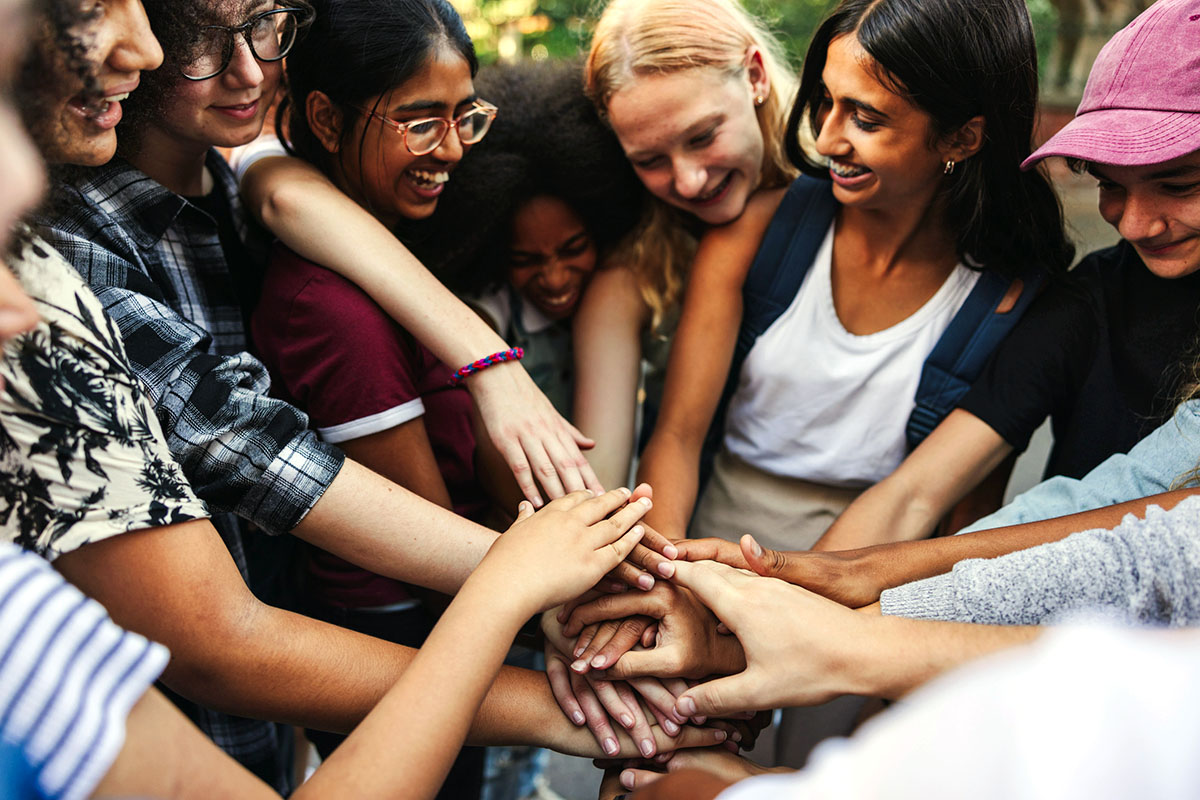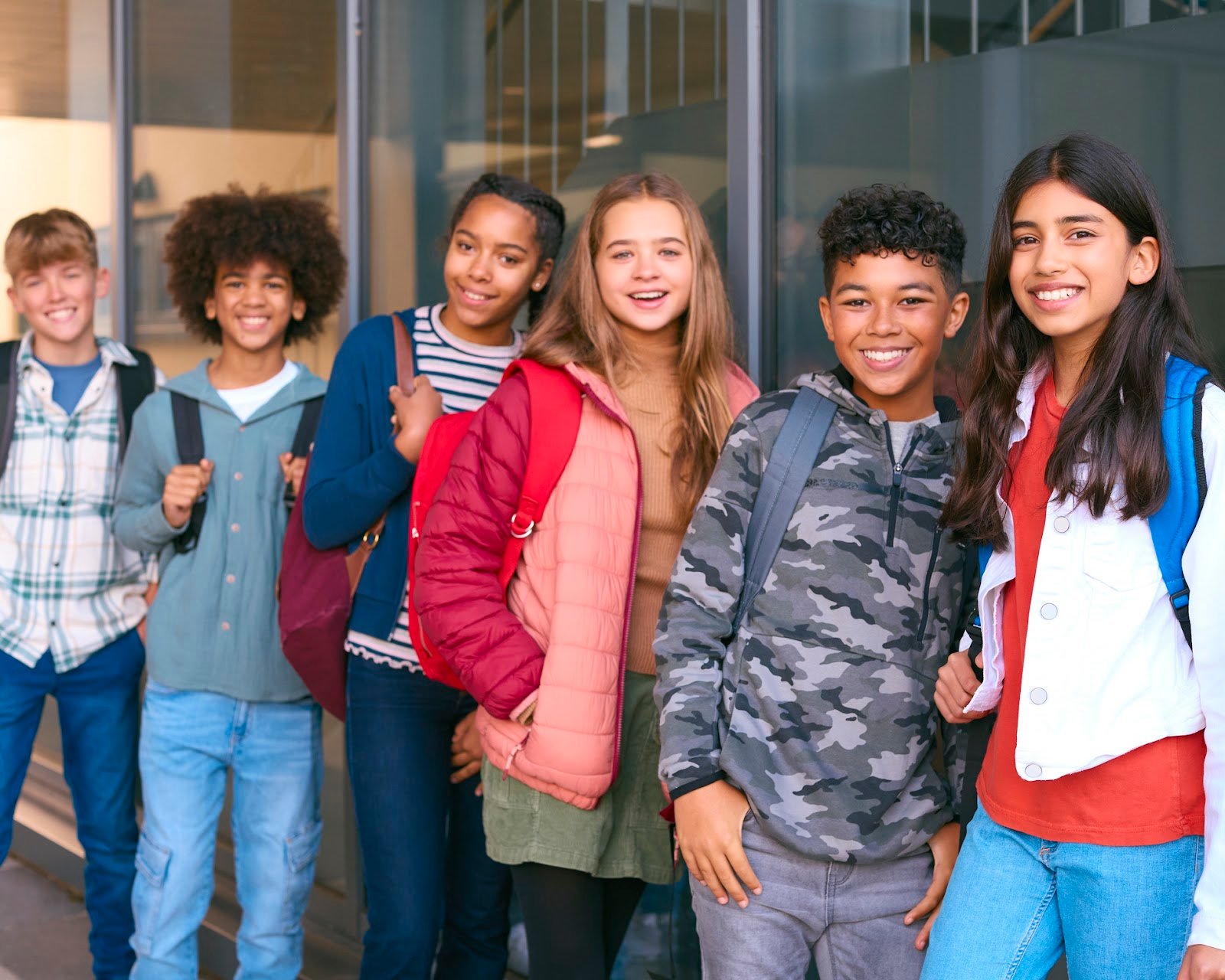Blog
Understanding the Connection between Developmental Assets and Developmental Relationships
Young people are not problems to be solved. Nor are they defined by their risks or challenges. Every person has a wealth of strength and resilience, both within themselves and in their families and communities.
But not everyone has equal access to the supports that nurture and grow that strength and resilience. Trauma, poverty, racism, and other barriers have disproportionate and lasting impacts on some young people’s abilities to thrive.
What do young people need from the adults in their families, schools, and communities that will help them succeed in school, work, and life?
What inner and outer resources do they already have? And how can we create the kinds of relationships that take root and help them grow?
Search Institute’s three decades of research into positive youth development have yielded many important insights, chiefly expressed in two primary frameworks that anchor our research and practice with young people around the world.
Those two frameworks are Developmental Assets® and Developmental Relationships. Together, these frameworks identify three critical action areas that define positive youth development:
- The ecology of development: Young people grow up in—and are shaped by—the people and places in their communities, starting with their families. Identifying the important strengths needed in this ecology is the focus of 20 External Developmental Assets identified in the framework.
- Youth as resources: Young people themselves also bring critical strengths to their own development and to contribute to their families and communities. Twenty of these strengths are identified in the Internal Developmental Assets.
- The key resource for development: If external assets identify elements of the ecology of development, Developmental Relationships are the key resource for development—the roots through which young people process and internalize their experiences and opportunities within that ecology.
When combined, these frameworks provide a powerful set of ideas, tools, and strategies for bolstering positive youth development among young people from many backgrounds and circumstances. First, though, let’s unpack each of the dimensions:
External Developmental Assets: The Ecology
External assets identify the supports and opportunities youth need from the people who influence them and places where they spend time while growing up. These include consistently experiencing:
- Support. Being surrounded by people who love, care for, appreciate, and accept them. This means families, schools, neighborhoods, and the interactions between these environments.
- Empowerment. Feeling valued and valuable. This happens when they feel safe and respected.
- Boundaries and expectations. Having clear rules, consistent consequences for breaking rules, and encouragement to do their best from parents, peers, and adult role models.
- Constructive use of time. Having opportunities to learn and develop new skills and interests and to develop relationships with other youth and adults.
Internal Assets: Youth Strengths and Contributions
Internal assets are the personal skills, commitments, and values young people need to make good choices, to take responsibility for their lives, to contribute to others, their community, and society, and to live independent and full lives. These assets are:
- Commitment to learning. Having a sense of the lasting importance of learning and a belief in their own abilities.
- Positive values. Developing strong guiding values or principles to help others, contribute to the good of society, and make healthy life choices.
- Social competencies. Cultivating skills to interact effectively with others, to make difficult decisions, and to resolve conflicts effectively.
- Positive identity. Believing in their own self-worth and feeling that they have control over the things that happen to them.
Developmental Relationships: The Roots That Nourish Thriving
The third critical action area is identified through the Developmental Relationships Framework. It consists of five elements—expressed in 20 actions—that make relationships powerful in young people’s lives. Those five elements are:
- Express care — Showing young people that they matter to you
- Provide support — Helping them to complete tasks and achieve goals
- Challenge growth — Pushing them to keep getting better
- Share power — Treating them with respect and giving them a say
- Expand possibilities — Connecting them with people and places that broaden their world and inspire them
Using the Frameworks Together
Each of these frameworks, and others, was developed for a specific purpose. Though they overlap, they are not interchangeable. Instead, each offers a specific strategy to advance positive youth development that taps a distinct resource:
- External assets: What are the places and people in young people’s lives who are resources for their development, resilience, and thriving? How can they be identified, activated, and supported to increase their commitment, effectiveness, and alignment with each other in order to ensure that more young people have access to the people and places who can help them learn, grow, and thrive?
- Internal assets: What internal values, competencies, commitments, and positive identities are already being nurtured in young people that can be amplified through the caring support offered by relationships and external assets? How can these internal strengths be catalysts for engaging others to create broader change at the community and policy levels?
- Developmental relationships: Finally, how can positive, well-rounded relationships set the stage for deeper trust and greater growth for both individuals and groups of young people? And how can the influence they have through their relationships begin to be transformative, both with the adults and with other young people in the communities where they live?
Important Considerations
While these frameworks are broad and valuable, other dimensions of development need to be considered as well. There are systemic barriers that prevent some youth from accessing assets and relationships due to their race/ethnicity, socioeconomic status, sexual orientation, gender identity, abilities, and other individual differences that have not been accepted by dominant cultures. We also need to increase awareness and acknowledge the many strengths, experiences, and needs of youth and their communities across diverse populations and contexts. We are in the process of revising these and other areas of research as we continue updating, expanding, and sharing knowledge, as well as improving access to tools to support youth-serving organizations, communities, practitioners, and families so all young people can thrive.
It Takes a Village
So much is possible when we work together to understand what young people need in order to become their best selves. But how do we know what young people need to succeed? How do we know how they experience life in their families, schools, and communities? We ask them. And we listen to them.
Schools, youth-serving organizations, coalitions, and programs can tap into the frameworks and their proven measures to help them better understand young people’s lives. The strengths, supports, and resources provided by these frameworks can spark the dialogue needed to build a roadmap of actions you can follow to support young people in achieving success.






